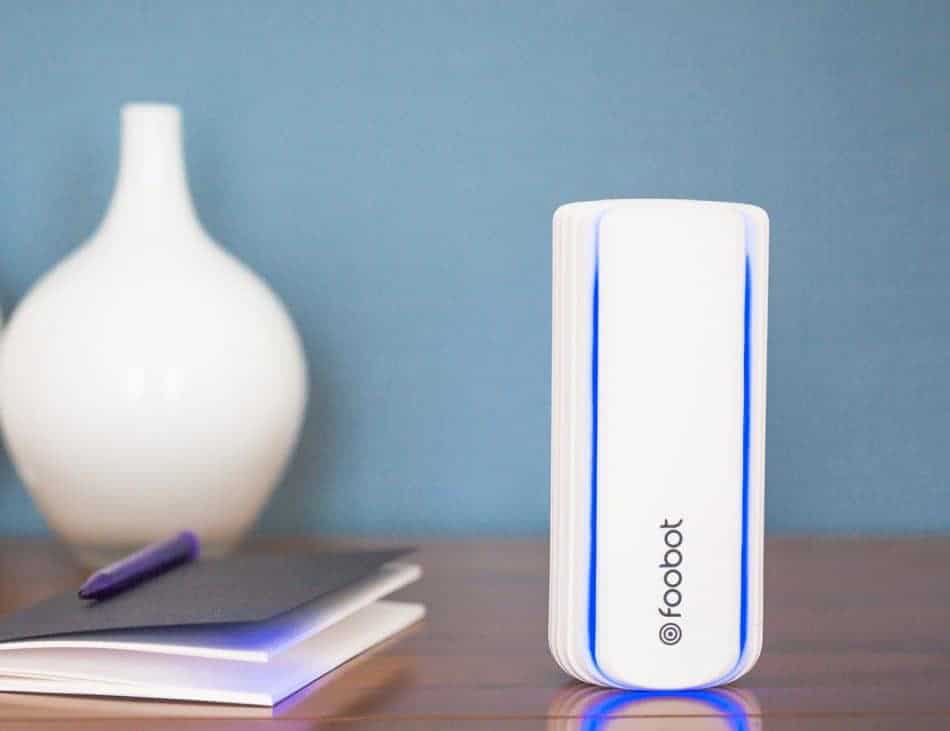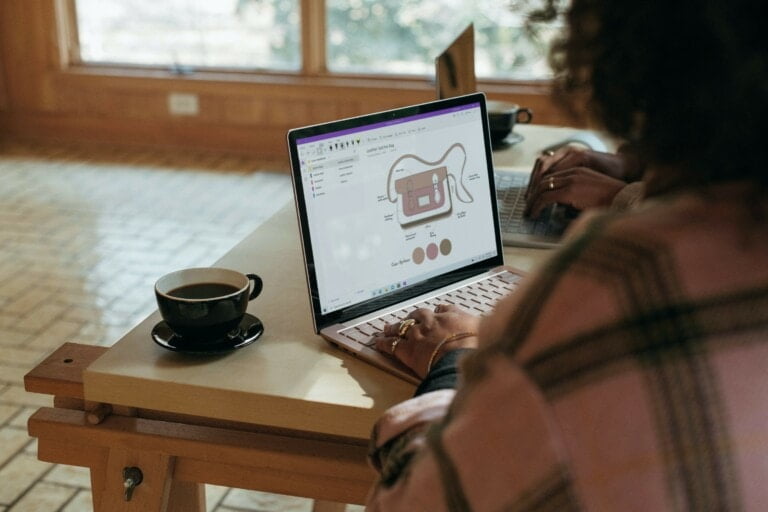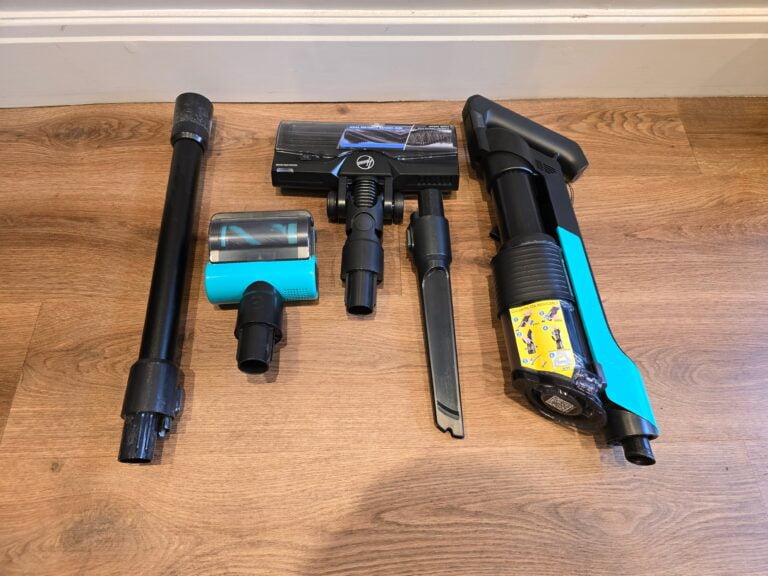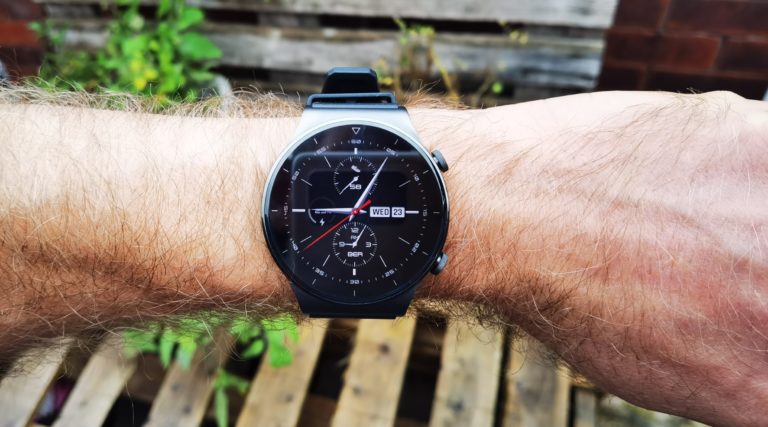Any links to online stores should be assumed to be affiliates. The company or PR agency provides all or most review samples. They have no control over my content, and I provide my honest opinion.
[et_pb_section bb_built=”1″][et_pb_row][et_pb_column type=”4_4″][et_pb_text _builder_version=”3.0.85″ background_layout=”light”]
Priced at £170 the Foobot smart air quality monitor initially seems like the world has taken our obsession with gadgets too far. However, with 8 million people in the UK diagnosed with asthma, increasing asthma sufferers each year and around 5.4 million of those receiving treatment for it, it might not be such an unnecessary purchase after all. Apart from asthma, there is numerous condition that is affected by air quality, including Sinusitis, and Chronic obstructive pulmonary disease, it is also important for pregnant women to limit their exposure to pollution.
Obviously, a lot of issues related to air quality are dependent on where you live, and anyone living in a major city should be concerned about the quality of their air, especially if you live in London. In 2017 London breached its annual air pollution in just five days. In 2017 Putney High Street exceeded the hourly limit over 1,200 times in 2016.
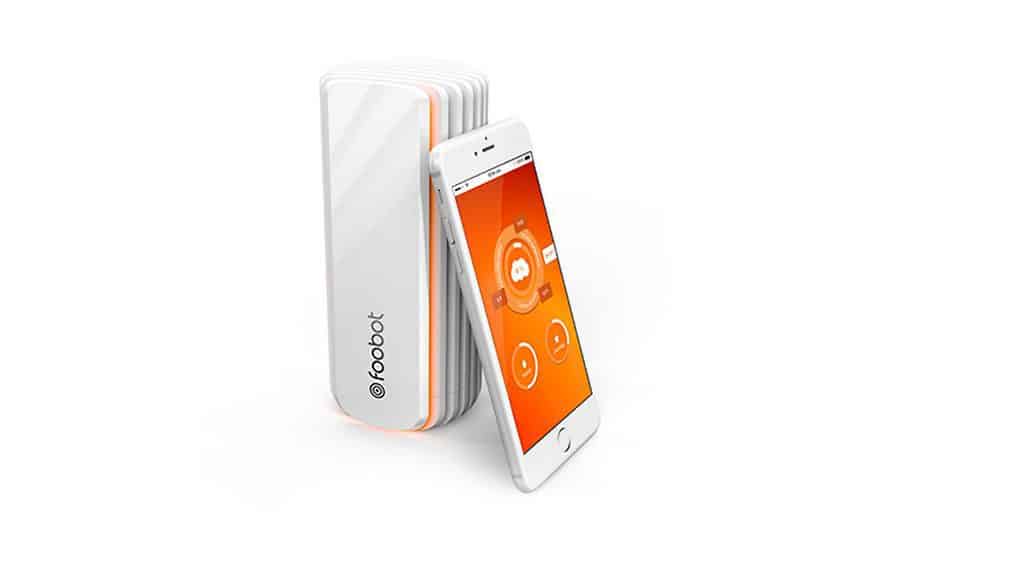
The Footbot, unfortunately, can’t stop air pollution, but it does help you identify issues with the quality of your air within your home.
The device itself is a moderately sized white cylinder with fins running around the rear of it. These fins presumably act as vents for the air to pass over and the sensors to monitor. You then get air quality feedback from a glowing led which emits out of the fins. Blue is good, orange is bad. The device isn’t particularly attractive, but it is not offensive either, I wouldn’t want it as a centrepiece in a room, but if it is on a corner table it will go largely unnoticed.
Setting up the device is exceptionally easy. It is powered by a built-in USB cable, that has a decent length, when I set it up in my office I just plugged it into my USB hub and it powered fine. Once you download the app and sign up you need to make sure you are connected to Wi-Fi, then flip your Foobot upside down, then back the right way around, and that’s about it. It did require a software update once set up which took a few minutes.
Once everything is set up you get several points of data, as well as a general air quality score. It also measures the temperature of the room and its humidity, and I keep a temperature/humidity sensor on my desk and the results of these matched up.
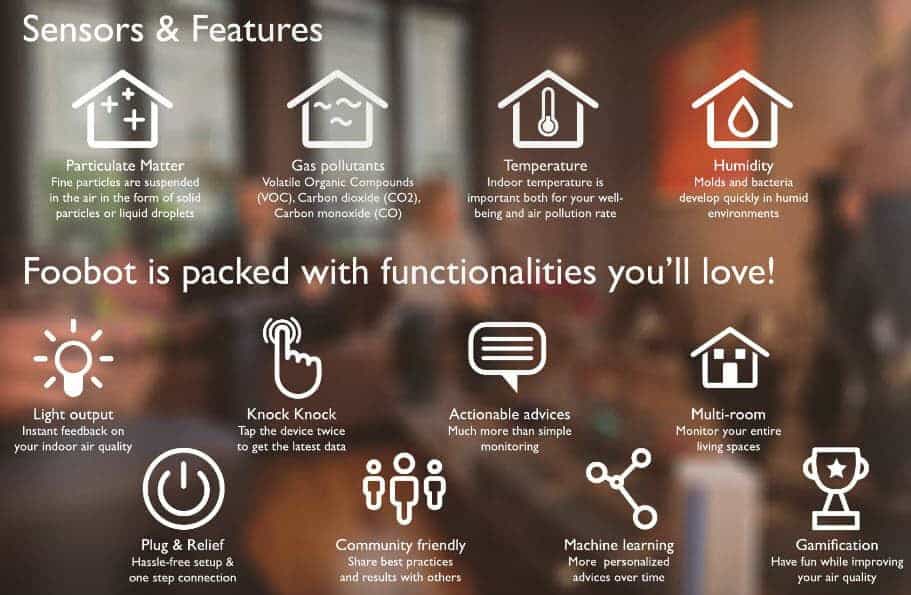
The 3 main factors are identifying the air quality are:
Volatile organic compounds (VOCs)
Volatile organic compounds are compounds that have a high vapour pressure and low water solubility. Many VOCs are human-made chemicals that are used and produced in the manufacture of paints, pharmaceuticals, and refrigerants. VOCs typically are industrial solvents, such as trichloroethylene; fuel oxygenates, such as methyl tert-butyl ether (MTBE); or by-products produced by chlorination in water treatment, such as chloroform. VOCs are often components of petroleum fuels, hydraulic fluids, paint thinners, and dry-cleaning agents. VOCs are common ground-water contaminants.
Volatile organic compounds (VOCs) are emitted as gases from certain solids or liquids. VOCs include a variety of chemicals, some of which may have short- and long-term adverse health effects.
Particulate matter (PM)
Particulate matter (PM), also known as particle pollution, is a complex mixture of extremely small particles and liquid droplets that get into the air. Once inhaled, these particles can affect the heart and lungs and cause serious health effects.
Carbon dioxide (CO2)
Carbon Dioxide is more self-explanatory, we all breathe it in as a small percentage of it is in our air. However, in the home environment, there can be increased levels of CO2 and this can be very dangerous. As the levels increase people will start to suffer from headaches, sleepiness, poor concentration, loss of attention, increased heart rate and maybe even slight nausea. The common issues with CO2 in the home are gas or wood burners not having enough ventilation within the house. This is why it is always recommended to have a CO2 meter anywhere that has a gas any other fuel fire.
Technically the biggest concern for home fires is Carbon Monoxide, and the Foobot doesn’t specifically provide data on that, it is all part of the VOC reading.
Home Automation Integration
Thankfully this isn’t a completely closed system and it is possible to connect other devices to it. Within the app, there is only the Nest and Lux GEO thermostat settings and unfortunately, I have neither of these to test. However, Foobot is compatible with IFTTT, even though they don’t seem o heavily advertise this fact. So, you should be able to trigger various actions based on your air quality readings. Foobot has created some recipes themselves, including flashing Hue Lights when the air quality is poor.
[/et_pb_text][/et_pb_column][/et_pb_row][et_pb_row][et_pb_column type=”1_3″][et_pb_image _builder_version=”3.0.85″ src=”https://mightygadget.co.uk/wp-content/uploads/2017/11/Screenshot_20171031-071432.png” show_in_lightbox=”on” url_new_window=”off” use_overlay=”off” always_center_on_mobile=”on” force_fullwidth=”off” show_bottom_space=”on” /][/et_pb_column][et_pb_column type=”1_3″][et_pb_image _builder_version=”3.0.85″ src=”https://mightygadget.co.uk/wp-content/uploads/2017/11/Screenshot_20171031-071509.png” show_in_lightbox=”on” url_new_window=”off” use_overlay=”off” always_center_on_mobile=”on” force_fullwidth=”off” show_bottom_space=”on” /][/et_pb_column][et_pb_column type=”1_3″][et_pb_image _builder_version=”3.0.85″ src=”https://mightygadget.co.uk/wp-content/uploads/2017/11/Screenshot_20171031-071535.png” show_in_lightbox=”on” url_new_window=”off” use_overlay=”off” always_center_on_mobile=”on” force_fullwidth=”off” show_bottom_space=”on” /][/et_pb_column][/et_pb_row][et_pb_row][et_pb_column type=”4_4″][et_pb_text _builder_version=”3.0.85″ background_layout=”light”]
Performance
Following the set up in my office, I was thankfully greeted with a great quality score. On the home page you are given each data reading and if you click on each one it provides more information about that specific reading, and ways to improve the score. So, for example in the particulate matter section, under the tips menu I was told about cooking releasing particles in the air due to combustion, and to always use the cooker hood, and ideally use an electric stove. While the tips are useful they are a bit generic and obvious, in fact, the Footbot website has more detailed tips, so it would be good if they integrated these into the app.
The device takes a few days to fully calibrate, but after this, you can set up notifications for any air quality issues. This is quite important, as I don’t want to keep checking on the lights of the device to see if my air is OK. This makes it particularly useful anywhere that could potentially have dangerous levels of Co2/Co as you should (hopefully) get a warning as soon as the levels increase too much.
As my office air was good, I decided to see how bad it was around the rest of my home. The 2 main contenders were the kitchen where I cook a LOT and our front room where we have a wood burner.
In the front room, I happily spent the evening binge-watching TV with the fire on, thankfully the evenings are colder now. Throughout the evening the device didn’t increase it readings levels a noticeable amount. This could be due to it being a long burner that is fully enclosed, so hopefully, all the pollutants were going directly into the chimney.
The kitchen was a very different story, during one of my tests I was making stew, boiling pasta and stir-frying some veg. The levels start to creep up to fair after about 10 mins, but around the 20 min mark, I started to get a poor warning, with particulate matters reading 91ug/m. This makes sense according to the tips as particulate matters can occur during cooking. I did have an extractor fan on, but the windows were closed.
[/et_pb_text][/et_pb_column][/et_pb_row][et_pb_row][et_pb_column type=”1_3″][et_pb_image _builder_version=”3.0.85″ src=”https://mightygadget.co.uk/wp-content/uploads/2017/11/Screenshot_20171031-120628.png” show_in_lightbox=”on” url_new_window=”off” use_overlay=”off” always_center_on_mobile=”on” force_fullwidth=”off” show_bottom_space=”on” /][/et_pb_column][et_pb_column type=”1_3″][et_pb_image _builder_version=”3.0.85″ src=”https://mightygadget.co.uk/wp-content/uploads/2017/11/Screenshot_20171031-120638.png” show_in_lightbox=”off” url_new_window=”off” use_overlay=”off” always_center_on_mobile=”on” force_fullwidth=”off” show_bottom_space=”on” /][/et_pb_column][et_pb_column type=”1_3″][et_pb_image _builder_version=”3.0.85″ src=”https://mightygadget.co.uk/wp-content/uploads/2017/11/Screenshot_20171031-120643.png” show_in_lightbox=”off” url_new_window=”off” use_overlay=”off” always_center_on_mobile=”on” force_fullwidth=”off” show_bottom_space=”on” /][/et_pb_column][/et_pb_row][et_pb_row][et_pb_column type=”4_4″][et_pb_text _builder_version=”3.0.85″ background_layout=”light”]
Overall
The Foobot works very well, is easy to set up, and the user interface is great. It does exactly as advertise and I think it is a genuinely useful device to have. The obvious caveat is the steep price tag of £170, which is quite a lot of money to spend on any gadget let alone an air quality monitor. For me one of the issues I would have in buying the device is the fact I don’t live in the very built up area, I am based in Blackpool, which may be a rundown town, but congestion and factory pollution isn’t a huge issue. Now that I have a baseline for my air readings I don’t imagine they will very much.
That being said, you can’t put a cost on your health, if you have a family with any high-risk individuals such as children, elderly or people suffering from illnesses affected by air pollution, or if you live in an area that is prone to pollution (so any city) then this is going to be a worthwhile investment.
Foobot also has some case studies of this being used in commercial environments where HVACs are used. In this case, even if it is a small office, it would make a fantastic gadget as £170 is nothing in an environment with many people all of whom you are responsible for and want the best performance from.
[/et_pb_text][/et_pb_column][/et_pb_row][/et_pb_section]
Foobot Indoor Air Quality Monitor Review
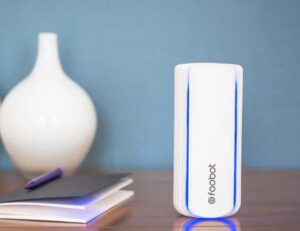
Product Name: Foobot Indoor Air Quality Monitor Review
Offer price: £179.00
Currency: GBP
Availability: InStock
Overall
81%-
Features - 80%80%
-
Ease of use and setup - 90%90%
-
Performance - 90%90%
-
Price - 65%65%
I am James, a UK-based tech enthusiast and the Editor and Owner of Mighty Gadget, which I’ve proudly run since 2007. Passionate about all things technology, my expertise spans from computers and networking to mobile, wearables, and smart home devices.
As a fitness fanatic who loves running and cycling, I also have a keen interest in fitness-related technology, and I take every opportunity to cover this niche on my blog. My diverse interests allow me to bring a unique perspective to tech blogging, merging lifestyle, fitness, and the latest tech trends.
In my academic pursuits, I earned a BSc in Information Systems Design from UCLAN, before advancing my learning with a Master’s Degree in Computing. This advanced study also included Cisco CCNA accreditation, further demonstrating my commitment to understanding and staying ahead of the technology curve.
I’m proud to share that Vuelio has consistently ranked Mighty Gadget as one of the top technology blogs in the UK. With my dedication to technology and drive to share my insights, I aim to continue providing my readers with engaging and informative content.

